Sylvania Built-in mounting lamps

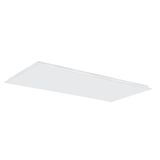
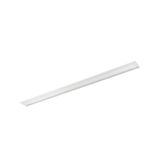
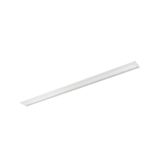

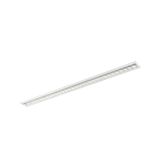
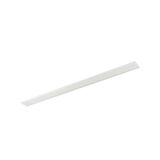
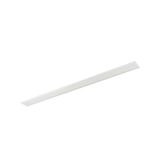

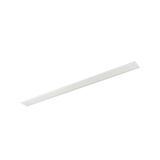
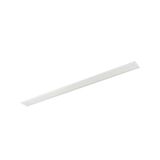

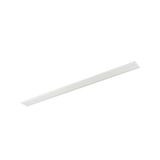
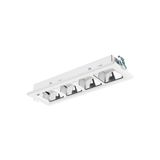

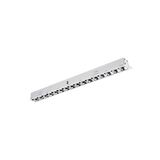
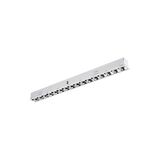



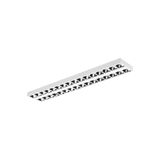
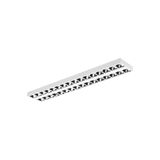
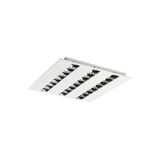

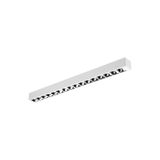
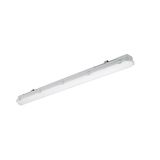
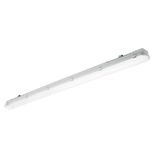
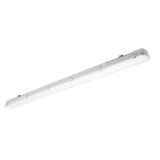
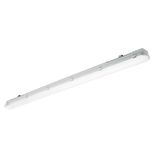


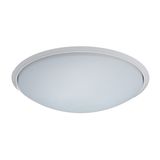

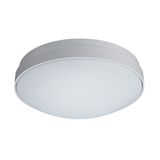
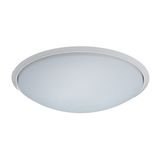
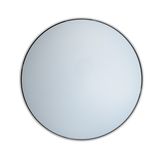
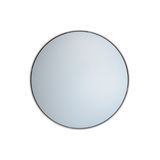

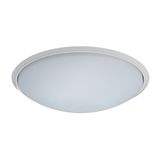

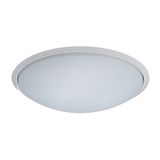
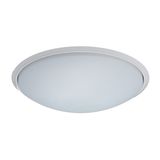
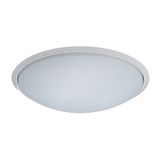
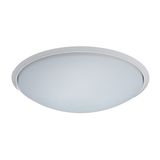
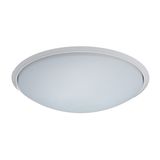
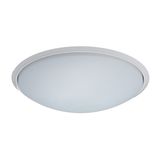



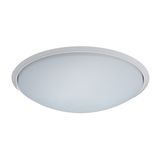

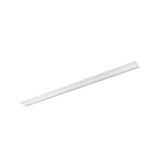

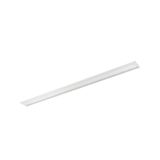


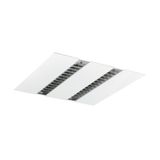
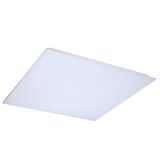
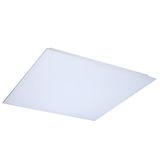

Ceilings read cleanly when the light source disappears and performance stays predictable. This range is built for fast commissioning on 220–240 V AC with DALI-2 or 1–10 V where needed, calm inrush for Type B/C MCBs, and tight colour control (≤3-step SDCM) so phases match. Efficacy typically lands at 110–150 lm/W, CRI 80 as standard with CRI 90 options, and lifetimes projected to L80/B10 50,000–100,000 h from LM-80/TM-21 data.
sylvania built in mounting lamps installation and project context
Cut-out geometries are shared across sizes, with adapter rings for legacy holes and safety tethers for void work. Terminals accept 0.5…2.5 mm² copper; PF ≥0.9 on quality drivers; surge 2–4 kV L-N indoors. Engineers specify sylvania built in mounting lamps when they want repeatable depths, bezel overlaps that hide rough edges, and predictable inrush on shared feeders.
sylvania recessed luminaires optics and performance
Optic families include opal for circulation, micro-prism to hold UGR ≤19 over desk layouts, and asymmetric wall-washers for vertical tasks. Lumen bands cover ~800–6,000 lm with 2700/3000/3500/4000/6500 K options and TM-30 data available on request. Projects call out sylvania recessed luminaires to keep beam discipline and colour uniformity consistent between rooms and corridors.
sylvania flush mount lamps mechanical and IP
Shallow bodies land on tight voids and concrete soffits via surface frames; sealed variants carry IP44 from below and up to IP65 in dedicated housings. Gaskets use closed-cell EPDM or silicone, and stainless fixings resist creep after heat cycles. Maintenance teams favour sylvania flush mount lamps where wipe-down faces and captive screws speed routine service without dropping the enclosure rating.
sylvania built in led fixtures controls and drivers
DALI-2 (EN 62386-101/103/207) supports scenes, groups, and run-hour logging; broadcast keeps small rooms quick; 1–10 V serves legacy panels. Standby levels at 10–30% avoid blackouts on egress routes, with Pst LM < 1.0 and SVM < 0.9 achievable on validated dimmers. Designers select sylvania built in led fixtures so presence/daylight logic, emergency testing, and analytics live on one control backbone.
sylvania ceiling recessed lighting applications and spacing
Open offices target 300–500 lx with UGR governance; classrooms need scene recall for board vs discussion; healthcare prefers sealed bezels and neutral whites; housing cores run corridor function. Spacing is set from mounting height and wall reflectance with ~30% beam overlap to prevent scallops. Schedulers mark sylvania ceiling recessed lighting by beam, lumen class, and trim colour to stabilise replacements across phases.
sylvania integrated mounting lamps selection and compatibility
Start with optic and task plane, then lock lumen pack, CCT/CRI, and trim. Verify MCB curves against declared inrush; confirm ambient envelope (typically −20…+50 °C) and fire-hood compatibility. Record emergency method (maintained/non-maintained) and test regime. Procurement teams tag sylvania integrated mounting lamps by EAN/MPN, cut-out, bezel depth, interface, and IP/IK so cartons land site-ready.
sylvania architectural recessed lights design notes and finishes
Low-luminance cones and deep regress trims keep high-angle brightness down near VDTs; halo rings and baffles tidy the view when the source is visible. Finishes match ceiling systems—RAL whites, blacks for contrast, or metallics in lobby zones—with paint-ready frames where decorators follow. Specifiers use sylvania architectural recessed lights to hold a consistent visual language while meeting glare and vertical-lux targets.
Technical specifications and standards for engineers
- Electrical: 220–240 V AC; PF ≥0.9; THD ≤15%; surge 2–4 kV L-N; declared inrush for Type B/C MCBs.
- Photometric: 110–150 lm/W; CRI 80/90; ≤3-step SDCM; UGR by optic/spacing; TM-30 on request.
- Thermal/IP/IK: −20…+50 °C typical; IP20/44 from below, higher in sealed kits; IK07–IK10 where specified.
- Controls: DALI-2 addressed/broadcast, 1–10 V, push-dim; Bluetooth®/IR tools for parameter copy.
- Safety/EMC: EN 60598, EN 61347, EN 55015, EN 61000-3-2/-3-3, EN 62471; fire-hood notes per local code.
- Emergency: EN 60598-2-22; addressable test objects on DALI-2 where required.
Applications and compatibility
- Offices/education: micro-prism optics, neutral whites, scene recall, calm low-level dimming.
- Healthcare: sealed faces, easy-wipe trims, low ripple near instrumentation.
- Hospitality/housing: warm CRI-90, short-neck bodies in enclosed domes, consistent trims across suites.
- Retail: wall-washers and tight accents mixed on the same CCT/CRI set; glare control near glossy finishes.
Always inspect holders and spring clips, verify earth continuity with metal trims, and label profiles after parameter upload.
Selection checklist for B2B buyers
- Fix optic vs task plane (UGR/vertical lux), then lumen pack and CCT/CRI.
- Confirm cut-out, bezel depth, and void clearance; note fire-hood needs.
- Choose interface (DALI-2 addressable/broadcast or 1–10 V) and dimmer policy.
- Record inrush, PF at dim, surge; align MCB curves per feeder.
- Define emergency duration/flux and test method; kit frames, glands, labels per room bundle.
Advantages of working with Bankoflamps
Pricing aligns to room schedules and we expose live EU stock before ceilings open. Quotes land in about an hour with EAN/MPN so variants stay fixed. Your portal shows lead times, shipment status, and downloadable price lists with planning-grade validity windows. Approved clients can use post-payment up to 30 days. We consolidate partials to cut freight, and your account manager cross-checks cut-out geometry, optic choice, driver interface, inrush/surge data, emergency method, IP/IK class, and trim finishes against your drawings so cartons arrive site-ready across France, the Baltics, Germany, Spain, Italy, Belgium, and the Netherlands.